- Home
- Articles
- Architectural Portfolio
- Architectral Presentation
- Inspirational Stories
- Architecture News
- Visualization
- BIM Industry
- Facade Design
- Parametric Design
- Career
- Landscape Architecture
- Construction
- Artificial Intelligence
- Sketching
- Design Softwares
- Diagrams
- Writing
- Architectural Tips
- Sustainability
- Courses
- Concept
- Technology
- History & Heritage
- Future of Architecture
- Guides & How-To
- Projects
- Interior Design
- Competitions
- Jobs
- Store
- ToolsNew
- More
- Home
- Articles
- Architectural Portfolio
- Architectral Presentation
- Inspirational Stories
- Architecture News
- Visualization
- BIM Industry
- Facade Design
- Parametric Design
- Career
- Landscape Architecture
- Construction
- Artificial Intelligence
- Sketching
- Design Softwares
- Diagrams
- Writing
- Architectural Tips
- Sustainability
- Courses
- Concept
- Technology
- History & Heritage
- Future of Architecture
- Guides & How-To
- Projects
- Interior Design
- Competitions
- Jobs
- Store
- ToolsNew
- More
Unveiling Perth’s Unique Charm: A Guide to Architectural Styles for Your New Home

Perth, the vibrant capital of Western Australia, is not just a city but a showcase of evolving architectural styles. Its distinct character is deeply influenced by its architecture, which tells a story of the city’s growth and the evolving tastes of its residents.

There’s a growing interest in Perth’s residential architecture, reflecting a blend of tradition and modernity, making the city a fascinating case study for architectural enthusiasts.
Table of Contents
ToggleHistorical Overview of Perth’s Architecture
The architectural journey of Perth is a blend of historical influences and modern innovation. The city’s skyline, a canvas of contemporary design, also pays homage to its rich heritage. Over the years, Perth’s architectural styles have evolved, reflecting the changing needs and aspirations of its residents.
Key Architectural Styles in Perth
Federation Bungalow (1890 – 1915)
This style, popular in Mount Lawley, Highgate, and Inglewood, represents a blend of Californian Bungalow and Federation Queen Anne architecture. Inspired by the ‘simple life’ concept, these buildings were easy to construct, making them well-suited for Australia’s conditions.
Art Deco (1914 – 1940)
Rooted in Gothic and influenced by modernist architecture, Art Deco is visible in Perth’s simplicity and elegance. This style is characterized by straight lines, geometric shapes, curved corners, and chromium-plated commercial buildings. It’s a testament to the ‘Roaring 20’s’ and is exemplified by structures like The Grand Cygnet Cinema in Como.
Modernist Home (1950s – 1970s)
Gaining popularity post-World War II, modernist homes are known for their freestanding, simple brick style. They introduced open plan living to Australian homes, a trend still influential in contemporary Perth architecture.
The Modern Two-Storey Home
In response to increasing population density, modern two-storey homes have become more prevalent in Perth. These homes often incorporate modernist design principles with simple lines and open plan living areas, emphasizing space utilization and creating functional ‘zones’ within the home.
The architectural landscape of Perth is a testament to the city’s adaptability and its embrace of both historical richness and contemporary trends. For those looking to buy or build a home in Perth, understanding these styles can help in making an informed choice that resonates with personal aesthetics and the unique charm of this dynamic city.
Incorporating Local Styles in New Home Construction
New homeowners in Perth have a variety of options to incorporate these architectural styles into their homes. Here are some ways to do so:
- Adopting Historical Styles with Modern Comforts: Homeowners can blend historical styles such as Federation Bungalow or Art Deco with modern amenities. This approach maintains the aesthetic charm while ensuring the home meets contemporary living standards.
- Open Plan Living: Inspired by the Modernist and Modern Two-Storey homes, open-plan living areas can create a sense of space and fluidity. This style is especially popular in newer constructions.
- Sustainable Design: A recent trend in Perth’s residential architecture is the incorporation of sustainable and eco-friendly design elements. This includes the use of energy-efficient materials and technologies, and designs that take advantage of natural lighting and ventilation.
- Customization: With advances in construction and design, homeowners can now more easily customize their homes to reflect a blend of different architectural styles, tailoring their homes to their personal tastes and needs.
Each of these styles offers a unique way to celebrate Perth’s rich architectural heritage while catering to modern lifestyles and preferences. Homeowners can work with architects and designers to choose elements from these styles that resonate with their personal aesthetics and lifestyle requirements.
Sustainability and Modern Innovations in Perth’s Architecture
Perth’s architectural landscape is increasingly embracing sustainability, integrating modern innovations that align with eco-friendly practices. These advancements are not only making buildings more energy-efficient and environmentally responsible but are also setting new standards in the construction industry.
Energy-Efficient Design
One of the key aspects of sustainable building in Perth is energy efficiency. Techniques like passive solar design are prevalent, where buildings are oriented and structured to maximize natural light and heat gain during winter while minimizing it in summer.
Additionally, the use of insulation, energy-efficient windows, and doors with double glazing significantly improves thermal performance.
Renewable Energy Integration
Solar panels are a common sight in Perth, enabling buildings to generate their own clean energy. Innovations like wind turbines and geothermal systems are also being explored. These integrations play a significant role in reducing reliance on conventional energy sources.
Water Conservation Techniques
Given Perth’s dry climate, water conservation is critical. Techniques include rainwater harvesting systems for non-potable uses and low-flow plumbing fixtures. These strategies are essential for sustainable water management in the region.
Use of Eco-Friendly Materials
Sustainable construction in Perth also involves using environmentally responsible materials like recycled bricks, sustainable timber, and low VOC paints and finishes. These materials reduce environmental impact and enhance indoor air quality.
Waste Management and Recycling
Effective waste management and recycling are crucial in minimizing the environmental impact of construction projects. Emphasizing the recycling of construction waste like concrete, wood, and metal not only reduces landfill waste but also conserves valuable resources.
Impact of Architecture on Property Values
Different architectural styles can significantly influence property values in Perth. While specific statistics from this year and last year aren’t readily available, it’s well-established that homes with sustainable features and modern designs tend to have higher property values.
Elements like energy efficiency, use of renewable energy sources, and eco-friendly materials are increasingly sought after, which can drive up the market value of these properties.
Moreover, as the awareness and demand for sustainable living grows, properties that embody these principles are likely to see an appreciation in value, making them not only an environmentally responsible choice but also a financially savvy one.
Navigating Regulations and Building Codes
When building a home in Perth, it’s crucial to navigate a range of legal considerations, including strict adherence to local building codes and regulations. These regulations ensure that buildings are safe, sustainable, and aligned with the community’s standards.
Key Legal Considerations
- Building Codes: Compliance with the Building Code of Australia (BCA) is mandatory. This code sets the standards for the design and construction of buildings, particularly concerning health, safety, and sustainability.
- Local Council Regulations: Each local council in Perth may have specific requirements that need to be followed. These can include planning approvals, building permits, and adherence to local environmental regulations.
- Sustainable Building Requirements: With a growing emphasis on sustainability, there are regulations specific to energy efficiency, water conservation, and use of eco-friendly materials. Adhering to these can also involve integrating renewable energy sources and efficient waste management systems.
- Heritage Conservation: For homes in heritage-listed areas, there are additional regulations to preserve the architectural integrity and historical significance of the area.
Endnote
Understanding the diverse architectural styles in Perth is not just about appreciating the city’s aesthetic beauty; it’s about recognizing the historical and cultural significance embedded in each style.
For potential homeowners, this knowledge offers a richer perspective when choosing or designing a home.
Embracing local architectural heritage in new home designs can contribute to maintaining the city’s unique charm and character.
illustrarch is your daily dose of architecture. Leading community designed for all lovers of illustration and #drawing.
Submit your architectural projects
Follow these steps for submission your project. Submission FormLatest Posts
What Does Rigged Mean in 3D Models
If you’re exploring the world of 3D animation, game development, or digital...
How to Choose the Right Finisher for Your Home’s Hardwood Floors
Refinishing your hardwood floors is one of the simplest ways to give...
The Overlooked Importance of Counting Technology in Architectural Model-Making and Fabrication
It is midnight before a final review. Laser cut sheets are stacked,...
Visual Thinking in Architecture: From Concept to Creation
Design often begins long before the first brick is laid. In architecture,...


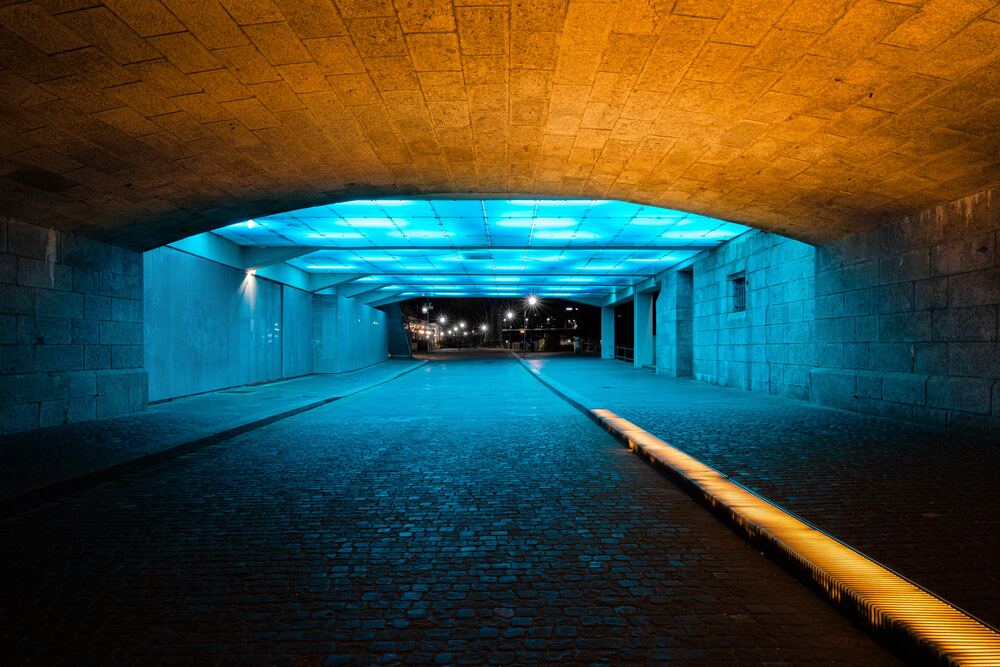

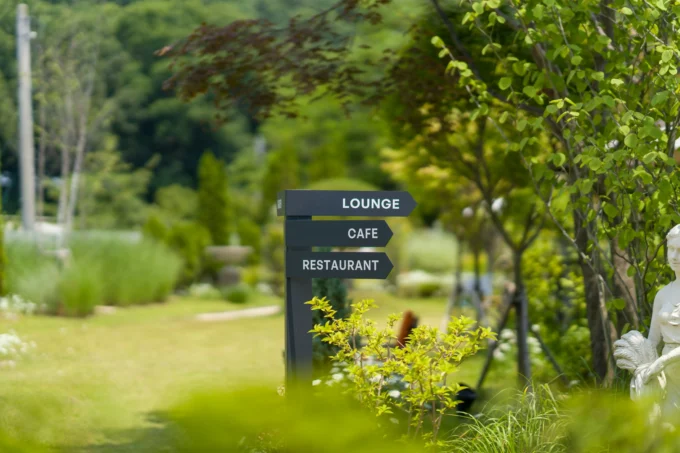

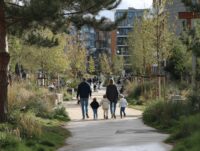
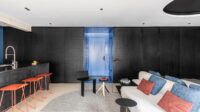
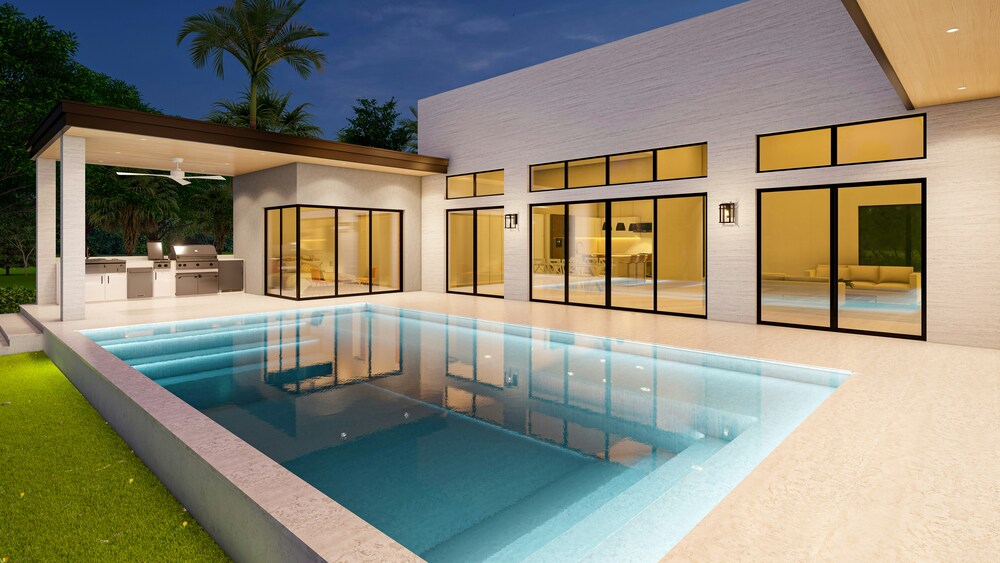
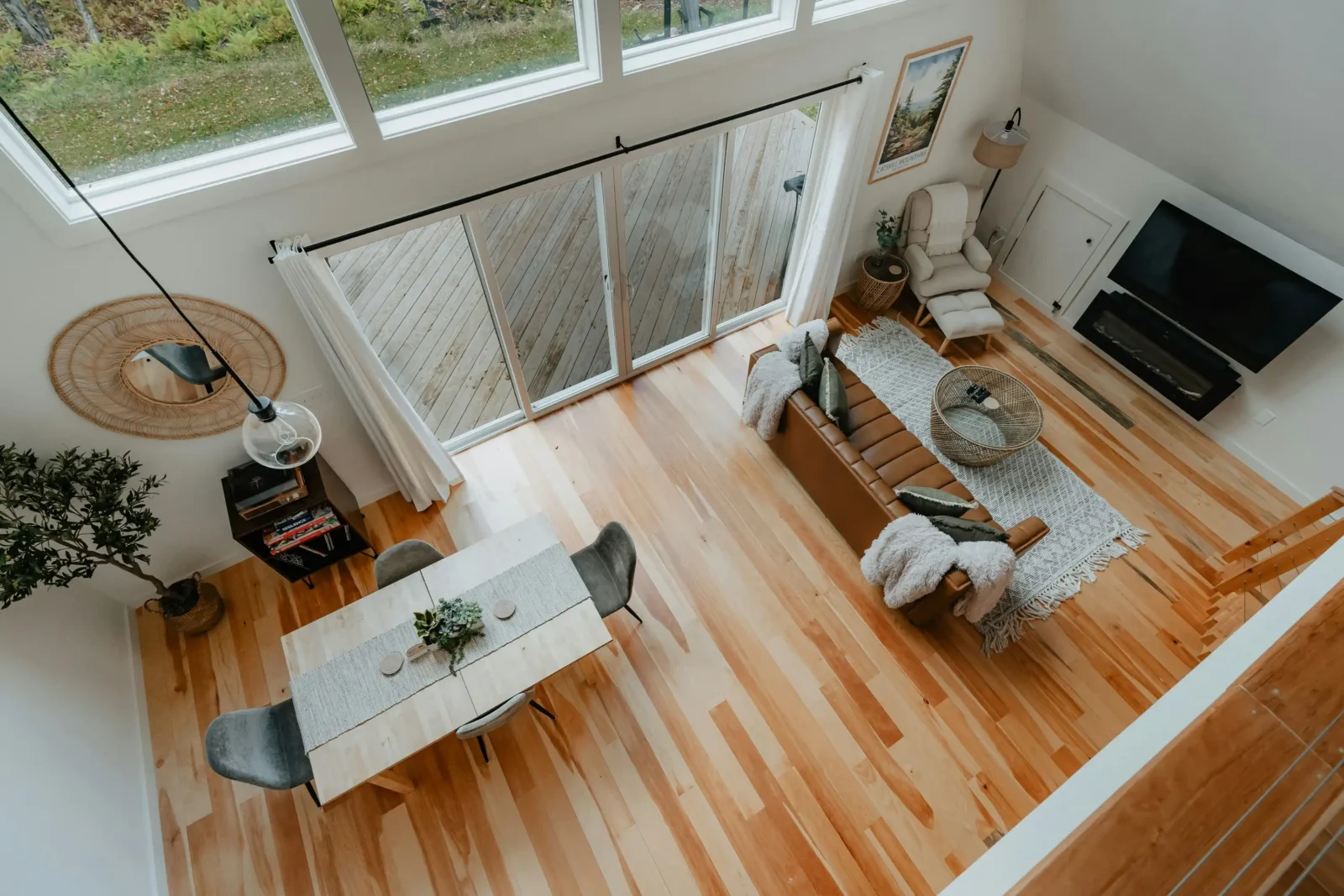
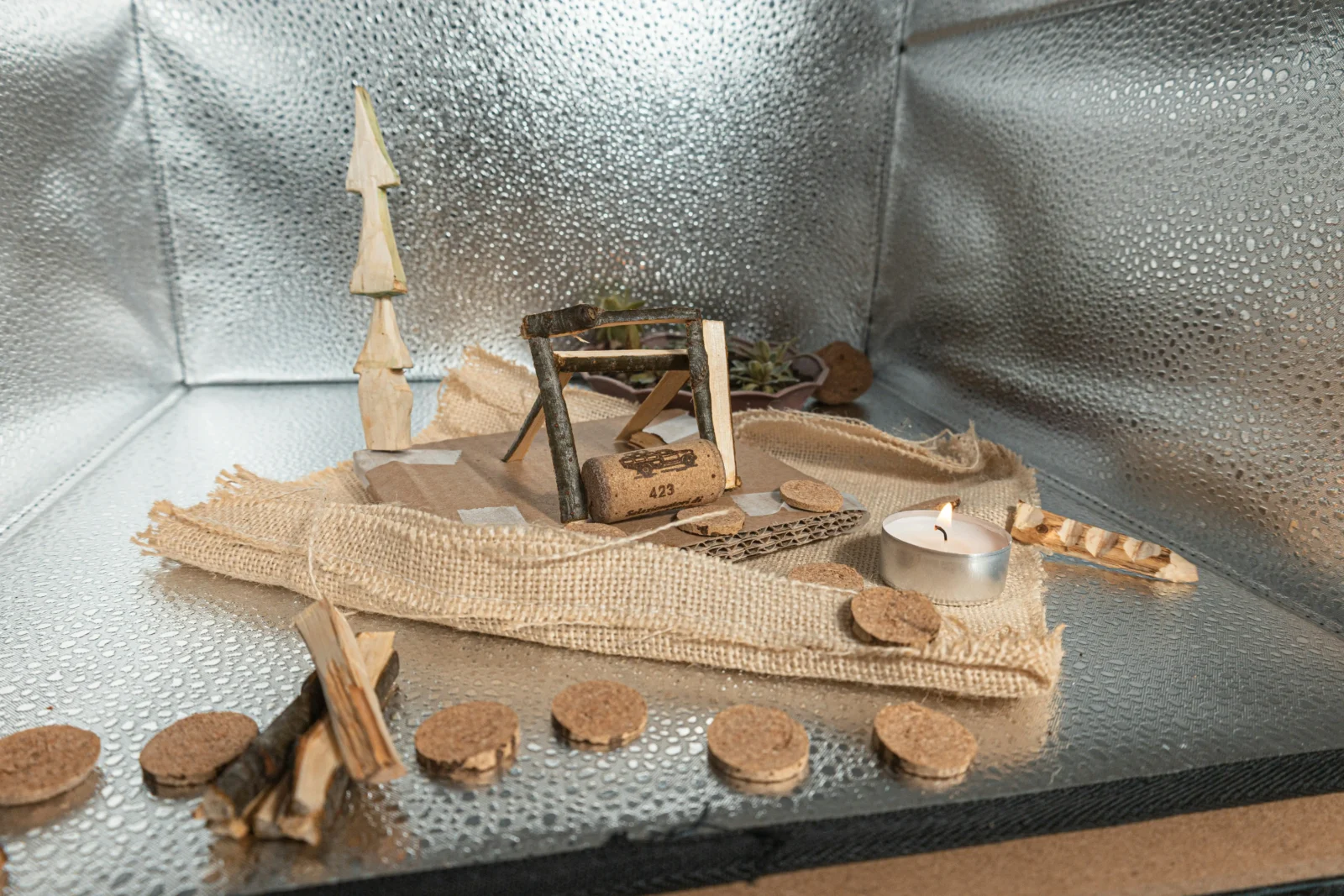

Leave a comment